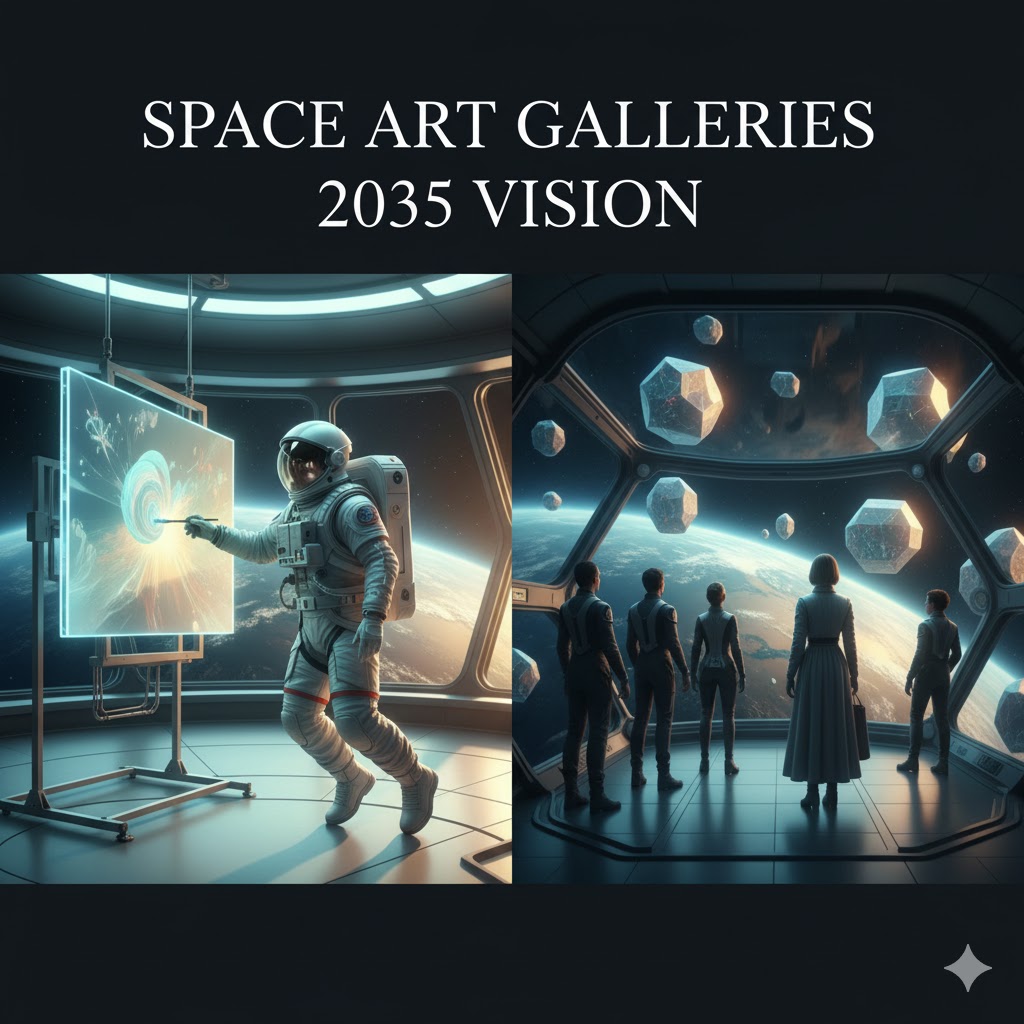Space Art Galleries: Viewing Art in Orbit
1. Introduction: When Art Leaves the Earth
In the near future, creativity will break free from gravity.
The concept of orbit art tourism envisions space stations transformed into floating art galleries, where visitors drift past holographic masterpieces surrounded by the deep silence of the cosmos.
Unlike Earth museums, these orbital galleries turn every viewing experience into a slow, dreamlike dance — a fusion of art, science, and weightlessness.

2. From Earthly Museums to Celestial Canvases
Art has always evolved alongside exploration — from cave walls to VR headsets.
Now, humanity prepares to take it beyond the atmosphere.
Projects like Axiom Space’s cultural missions and ESA’s artistic collaborations with cosmic photographers are laying the groundwork for orbit-based galleries, featuring both digital and physical works.
Some pieces might even float freely in microgravity, creating dynamic exhibitions that constantly shift shape and light.
Source 1: Discover Axiom Space’s cultural and artistic projects.

3. The First Orbit Art Galleries: A 2030s Milestone
By the early 2030s, commercial space habitats such as Orbital Reef and Axiom Station will host the first art-in-orbit exhibits.
Artists, engineers, and astronauts will collaborate to design “gravity-free” installations, combining holography, projection mapping, and AI-driven forms.
Each gallery module will feature transparent observation panels, allowing guests to admire both Earth’s curvature and human creativity simultaneously.
Must Read: Similar to the immersive luxury described in Space Cruises: The Next Evolution of Luxury Travel.
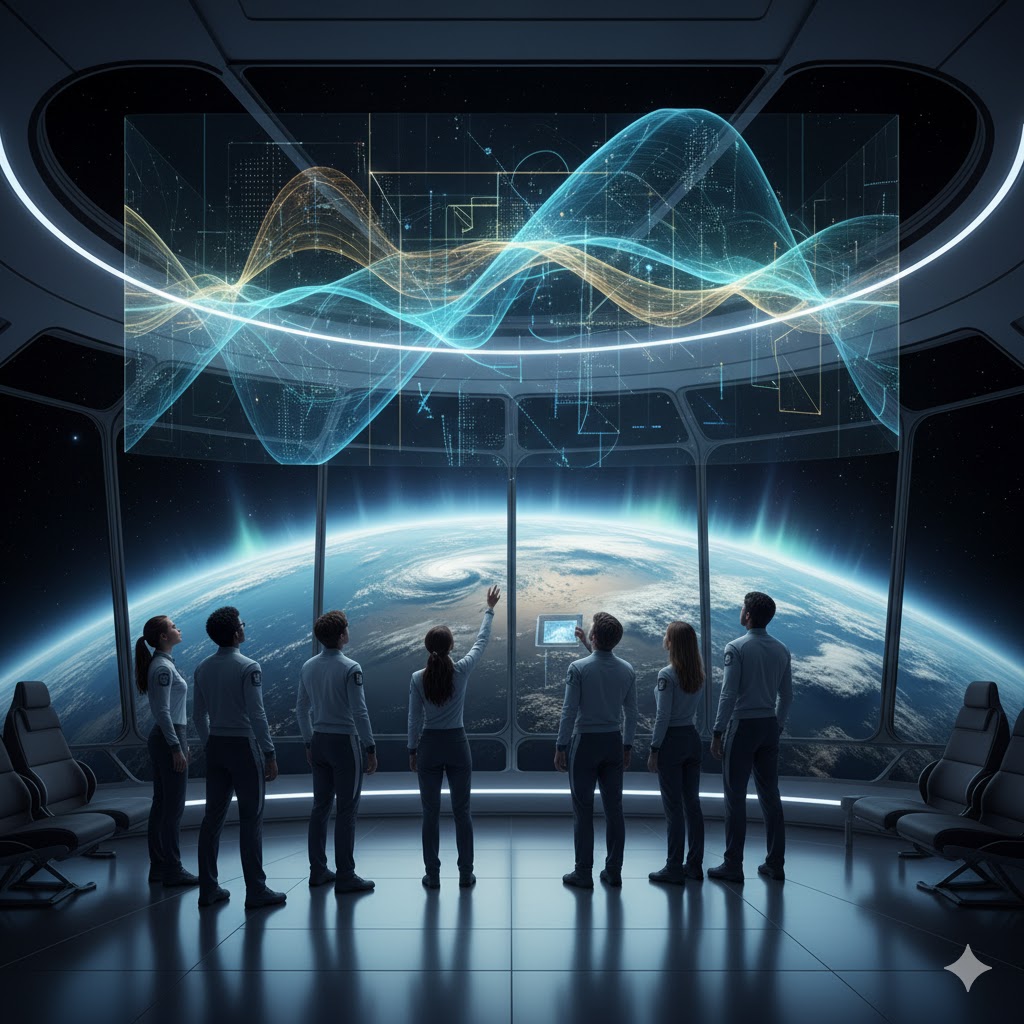
4. The Space Art Experience: A Floating Museum of Emotion
In orbit, art behaves differently.
Sculptures rotate endlessly, light reflections change by the second, and paintings appear to breathe as they float.
Guests wearing stabilized viewing visors can move around the artworks freely, becoming part of the exhibition itself.
In this setting, motion and perception merge, creating an art experience that’s impossible on Earth.
Source 2: Learn about how microgravity affects human perception from NASA’s Human Research Program.
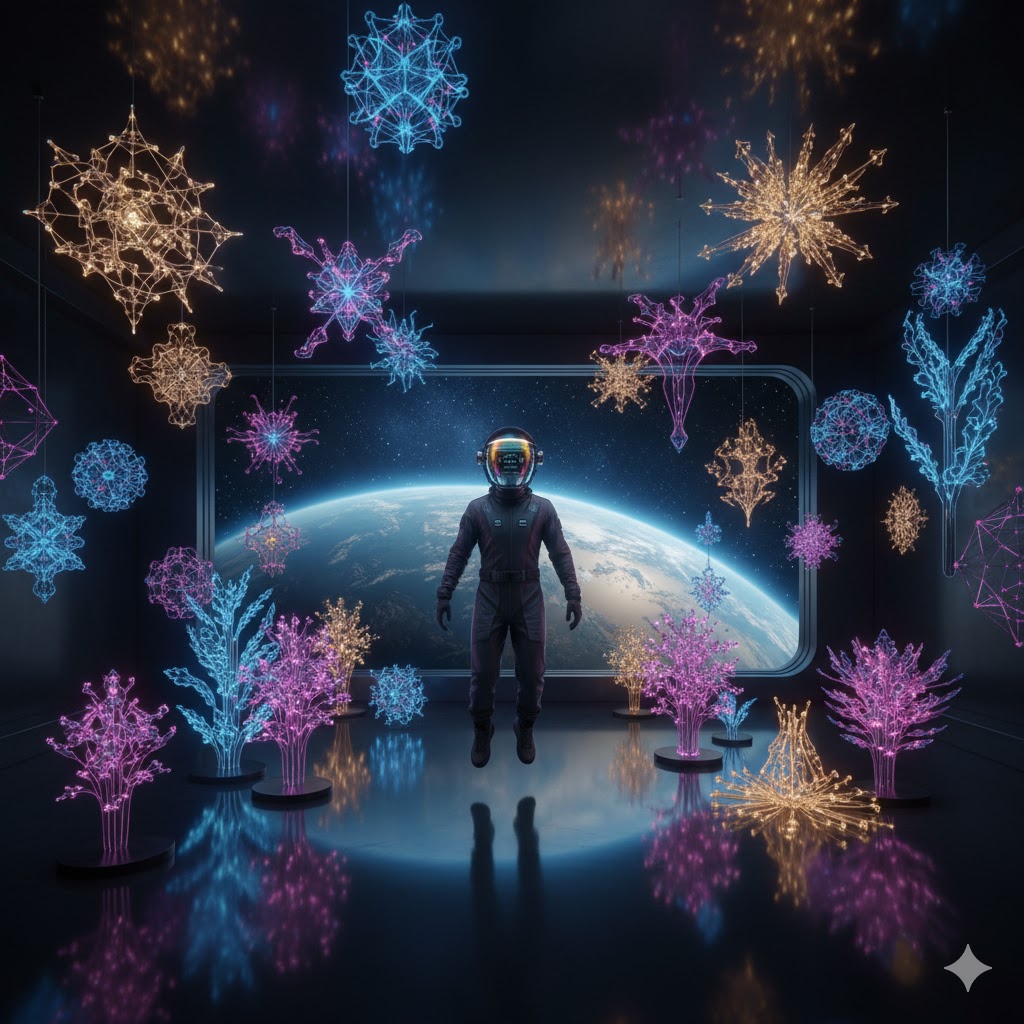
5. Artists Creating for the Cosmos
Visionary artists like Olafur Eliasson, Refik Anadol, and new digital creators are already discussing the challenges of space-compatible art — materials that can withstand radiation, vacuum, and extreme temperatures.
Many artworks will be AI-assisted, responding to audience biometrics such as heart rate or voice, turning every visit into a living, evolving composition.
Must Read: This human-technology fusion mirrors the innovation seen in Zero-Gravity Concerts: Music Events in Space.
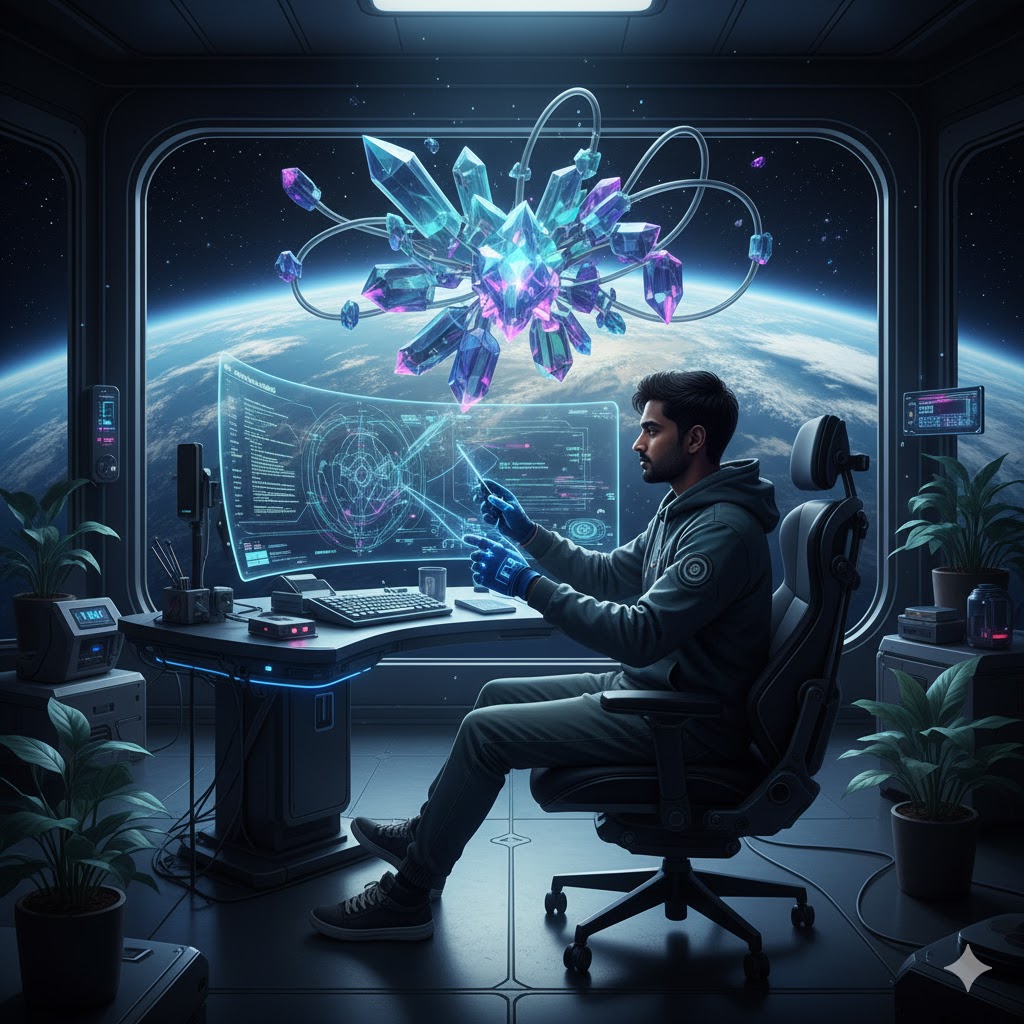
6. The Business of Orbit Art Tourism
Like Earth’s luxury art scene, orbit art tourism will attract billionaires, collectors, and cultural investors.
Ticketed experiences might include:
- Private viewing capsules for art collectors
- Artist-in-orbit residencies
- VR-linked galleries where Earth viewers connect live
Such ventures will fuel an art-tech economy in space, blending entertainment, science, and sustainability.
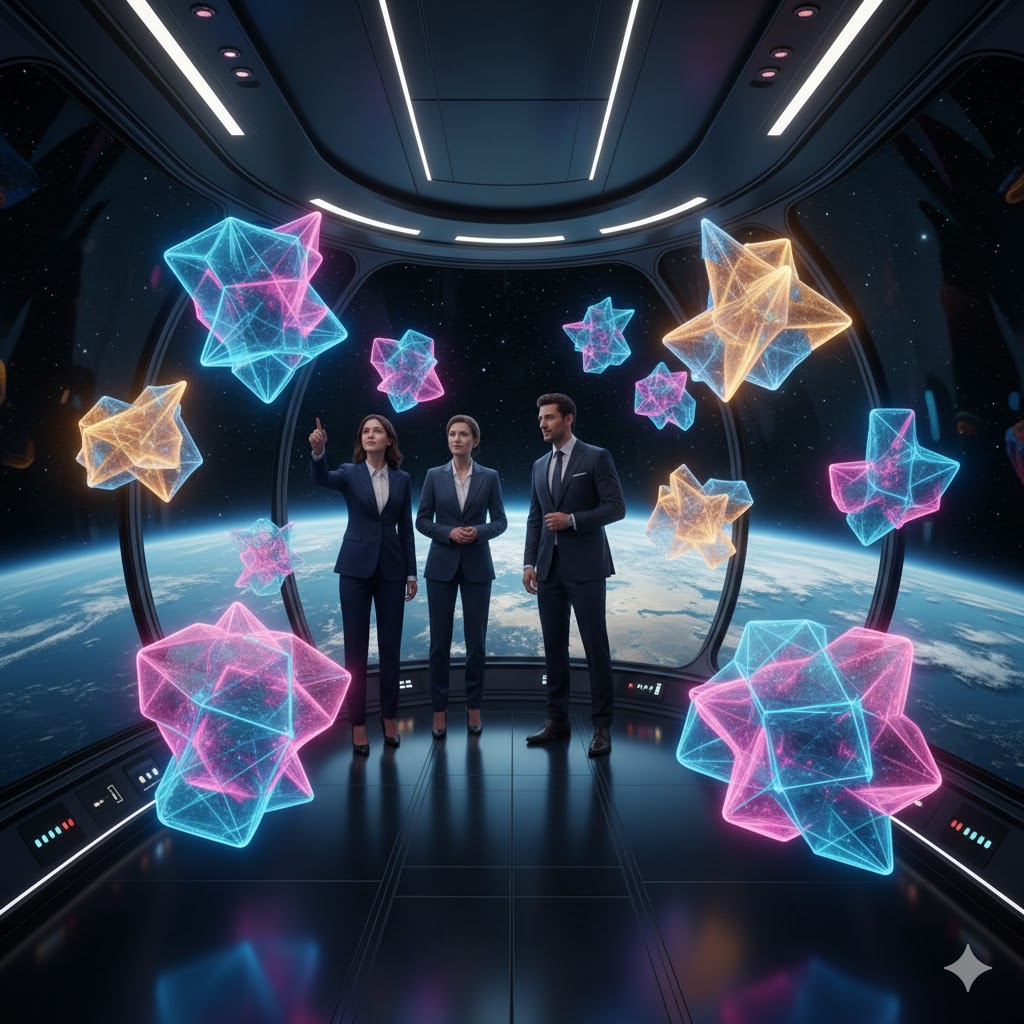
7. Sustainable Design and Cultural Impact
These orbit galleries will also serve as platforms for environmental reflection.
By viewing Earth from space, visitors confront both beauty and fragility — inspiring new perspectives on climate, peace, and unity.
Many art programs will incorporate recycled materials and solar-powered displays, proving that beauty and sustainability can coexist even in orbit.
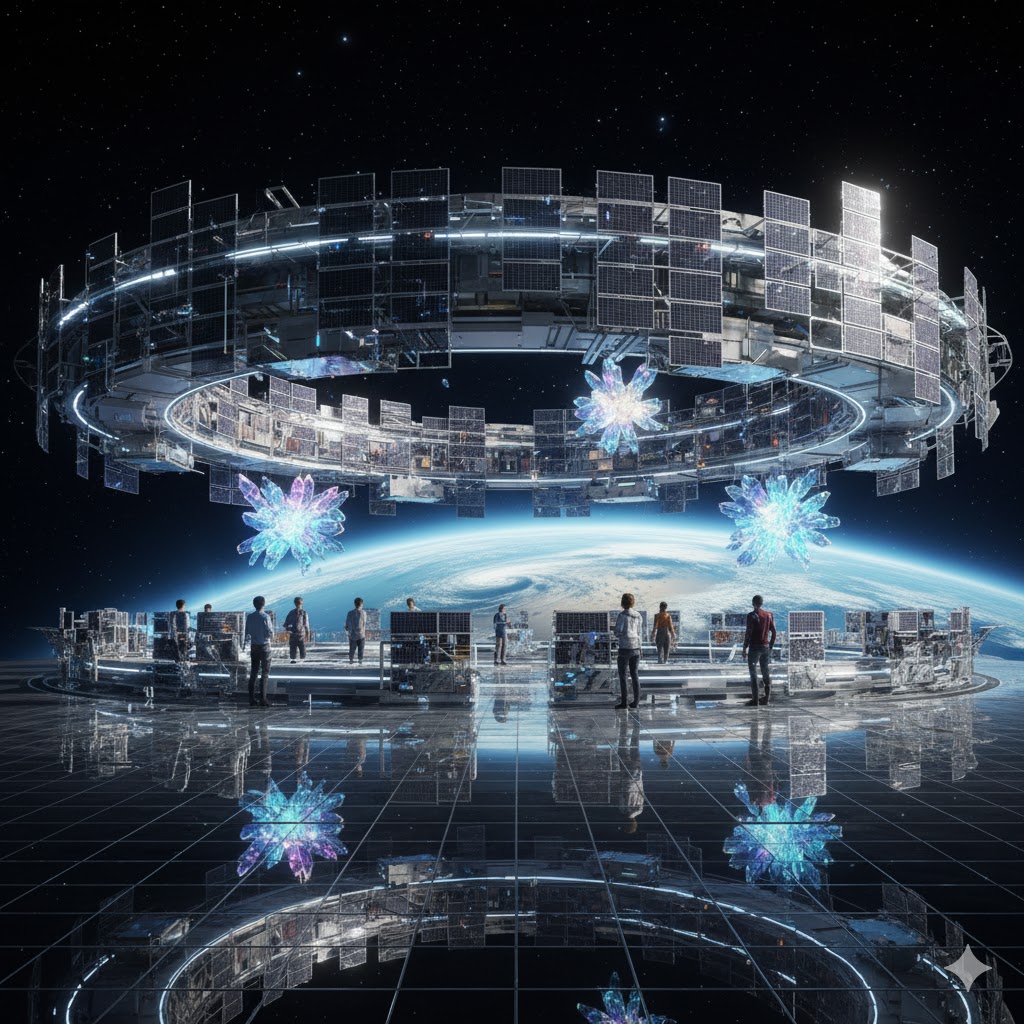
8. The Future: Lunar and Martian Art Colonies
As orbit art tourism expands, artists will soon display works on lunar bases and Mars habitats, blending planetary exploration with human expression.
Future generations might attend space biennales, where installations stretch from one orbiting platform to another — connected by digital light bridges.
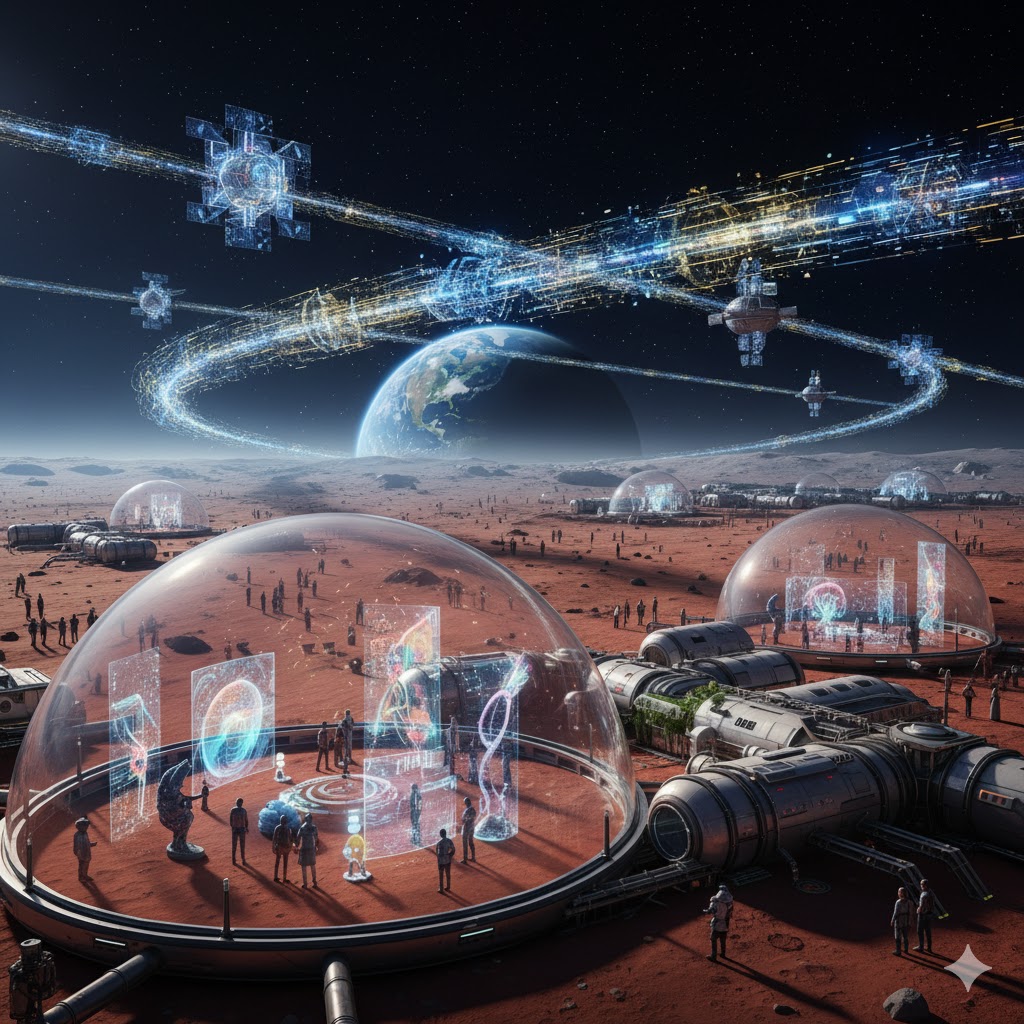
Art will become our universal language, shining across the solar system.
Conclusion: Humanity’s Imagination in Orbit
Orbit art tourism represents the soul of exploration — proving that as we conquer the cosmos, our creativity follows.
In the infinite canvas of space, every brushstroke, note, or hologram becomes more than art; it becomes a testament to the human spirit.
The stars will not just be destinations — they’ll be museums of imagination.
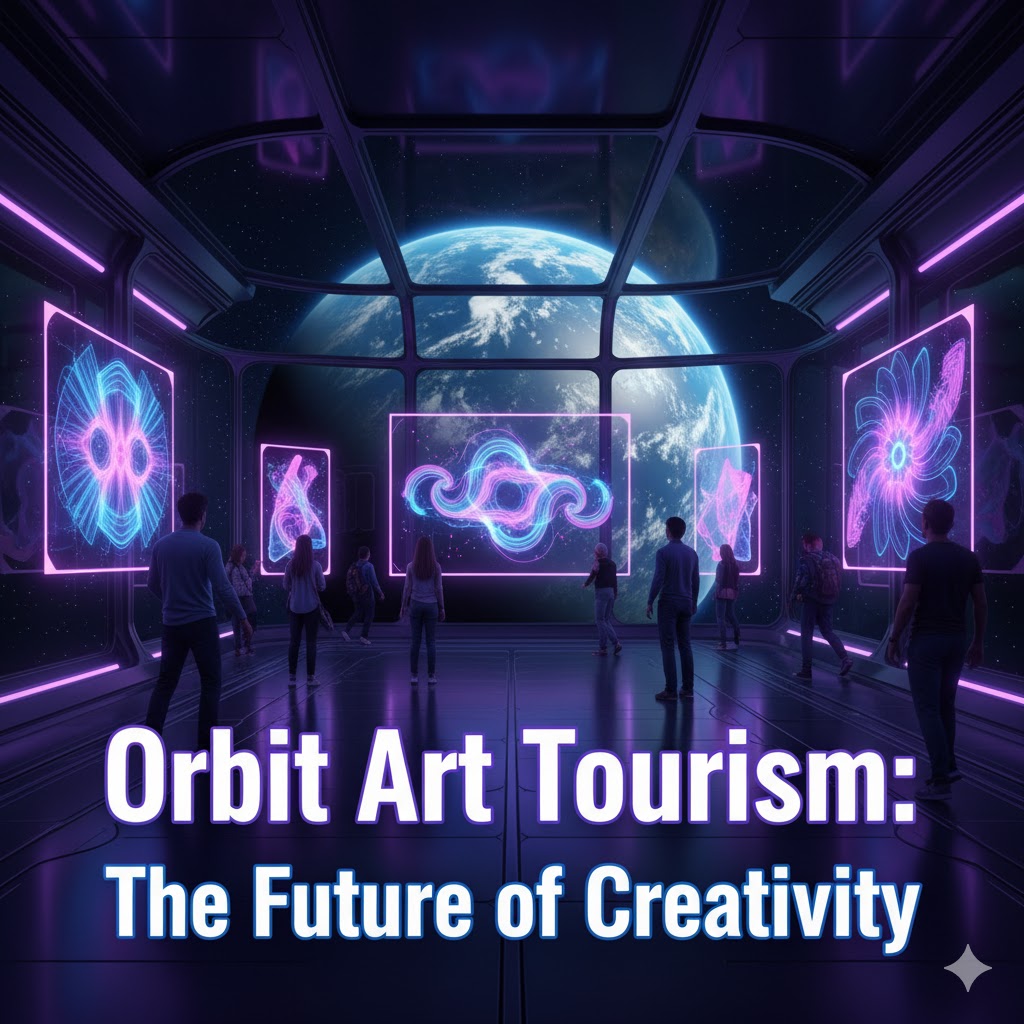
FAQs
Q1: What is orbit art tourism?
It’s a new form of space tourism where visitors explore art installations aboard orbital space stations.
Q2: Who creates art for space?
Artists collaborate with engineers and space agencies to design pieces that can survive microgravity and radiation.
Q3: When will space art galleries open?
Commercial orbit galleries could open between 2032–2035.
Q4: Can regular tourists visit?
Yes, once space hotels and capsules are operational, art gallery tours will be part of premium packages.
Q5: Why is art in orbit important?
It unites technology, emotion, and science — turning space exploration into a cultural evolution.

